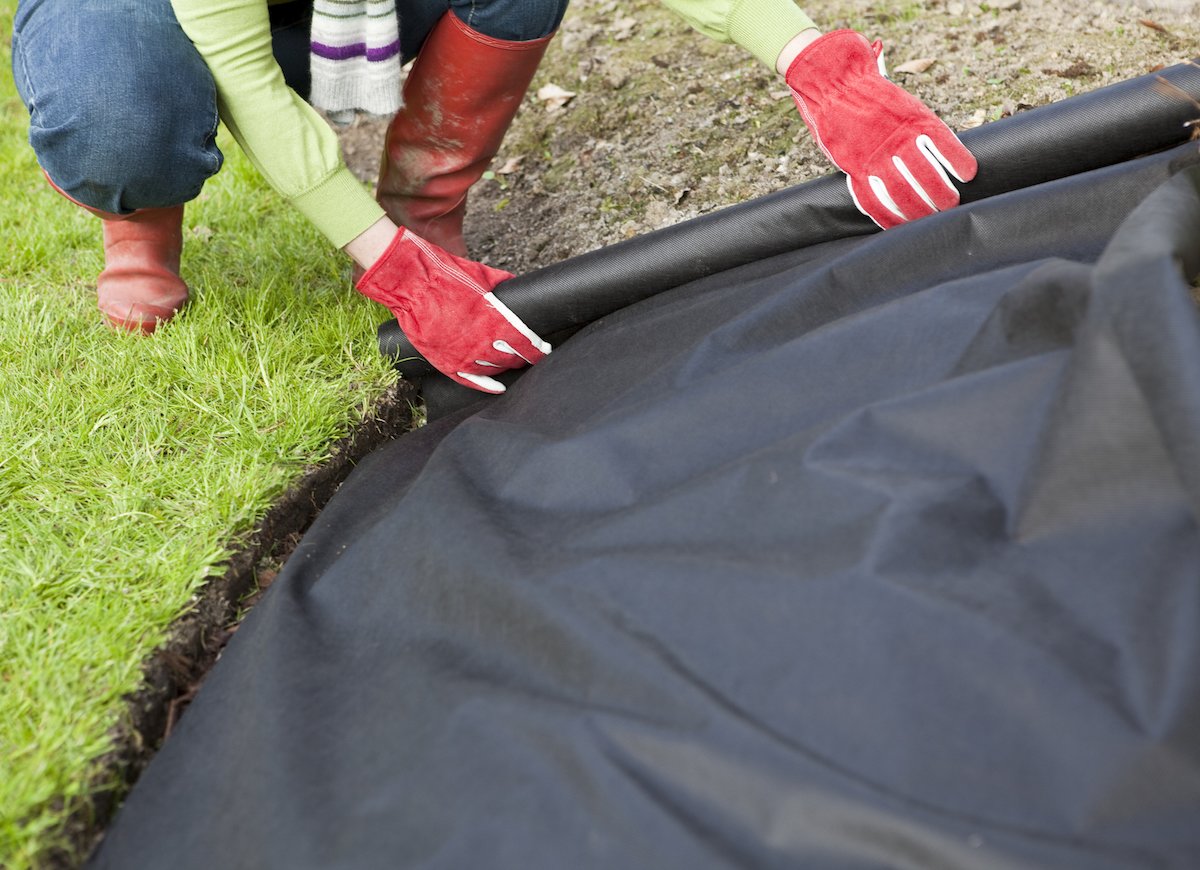How to Choose Landscape Fabric for Your Garden
Who has never dreamt about the well-maintained and neat front yard and backyard? To become an owner of the spotless garden is impossible if you are not ready to work hard. There are always too many things you have to do to keep your flower beds or vegetable spots in the order. Not everybody wants to spend hours getting rid of weeds by hand or adding endless fertilizers.
The high-quality garden weed fabric is able to minimize the efforts you should do. This product may be rather beneficial for your garden. It has several main functions:
- Weeding prevention;
- Erosion control;
- Soil protection;
- Better moisturizing;
- Perfect protection from weather changes;
- Better infiltration.
On the Net, you can find a lot of contradictory information about landscape cloth. Someone is sure it only hurts the soil. Others believe it’s the best means ever in the fight against weeding. The greater part of negative reviews is caused by the wrong choice of the material. That’s why if you want to get good yields, it’s worth paying more attention to selecting the right landscape fabric.
Tips to make the right choice
It’s possible to find various available variants at the nearest garden market or on the Net. There are two main types of fabrics - woven and non-woven. The woven variant is appropriate for spreading plants. The structure of the cloth allows nutrients and water to get to the soil easily.
The non-woven variant is not a good solution for flower beds. Yet, it’s an ideal variant for long-lasting weed-free effect. You can apply it when creating the landscape design of your dream.
It’s necessary to take into consideration such features of the weed barrier as the following:
- permeability. This factor is important if you are going to apply the cloth on vegetable or fruit beds. You should prefer porous samples to let your plants grow;
- strength. The most popular materials which are used to produced weed barrier are polyester, polypropylene, or linen. They all are firm enough to resist tearing by roots;
- durability. The standard lifespan of landscape fabric is up to 5 years;
- ultraviolet resistance. There are models which are able to protect the roots of your plants from harmful ultraviolet rays;
- color. The most popular variant is black. Yet, it’s possible to find grey or even white varieties.
The right choice of landscape fabric is the key element of successful gardening.
